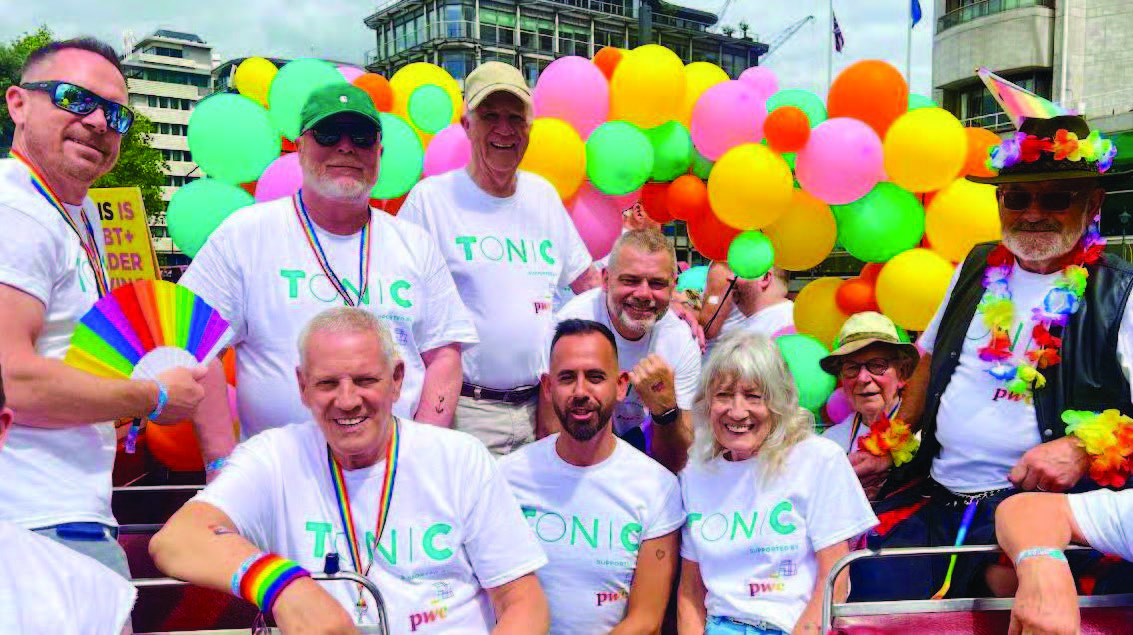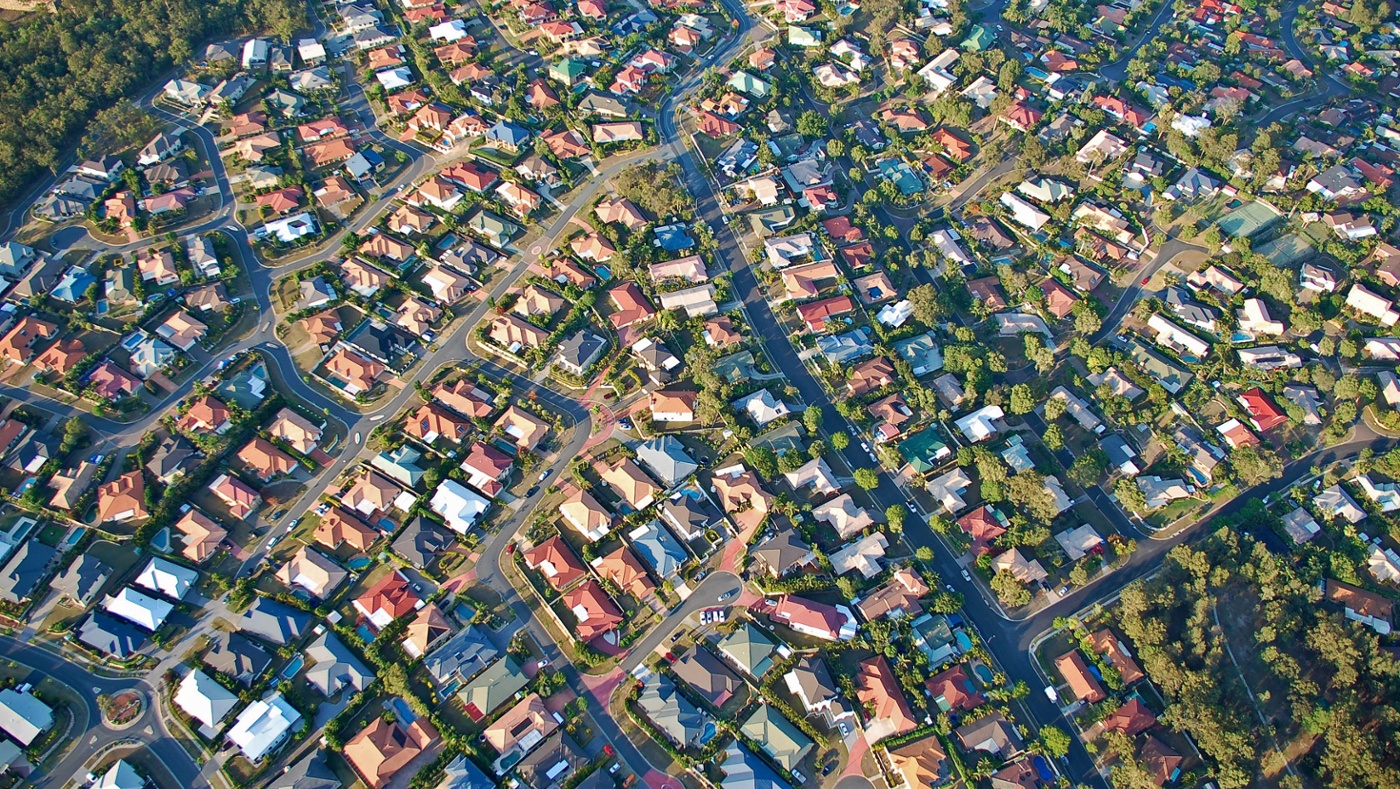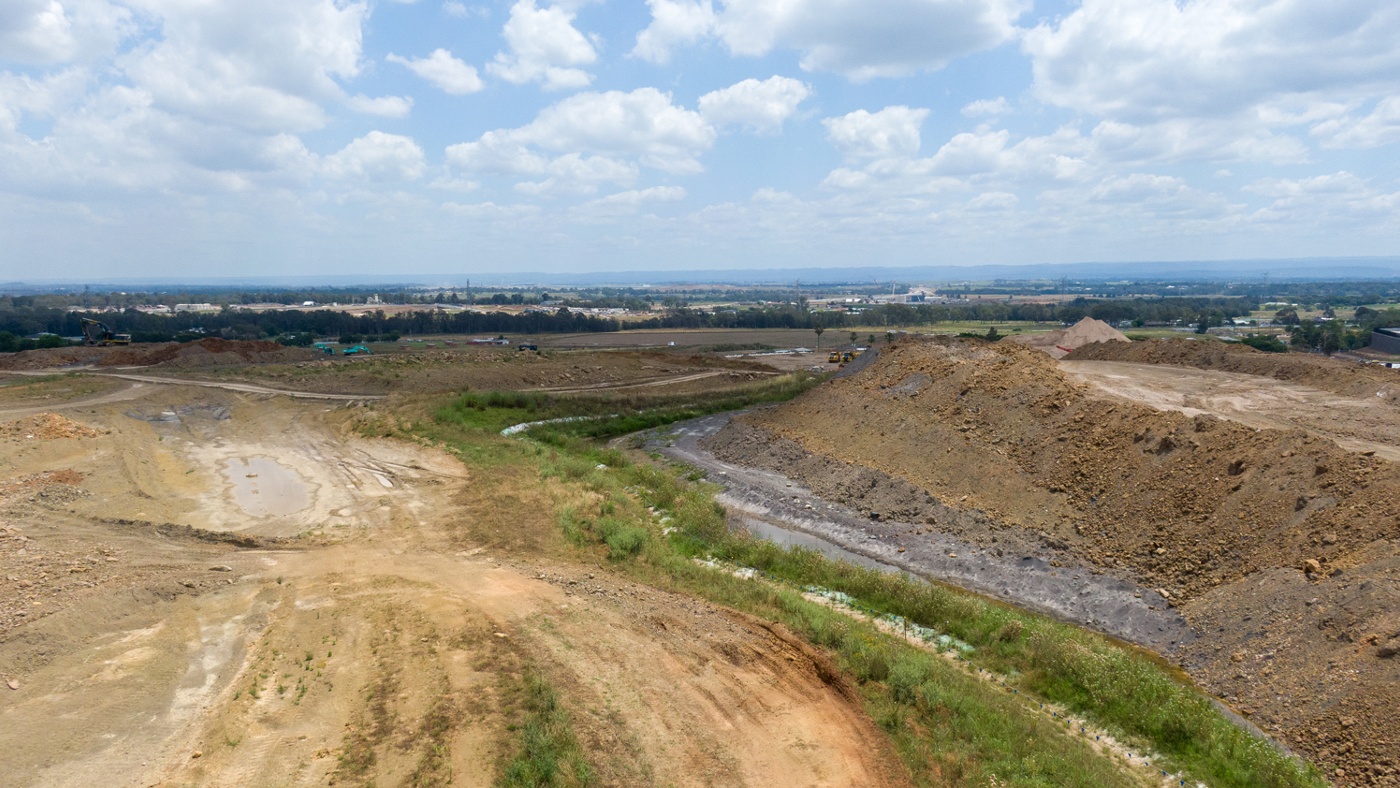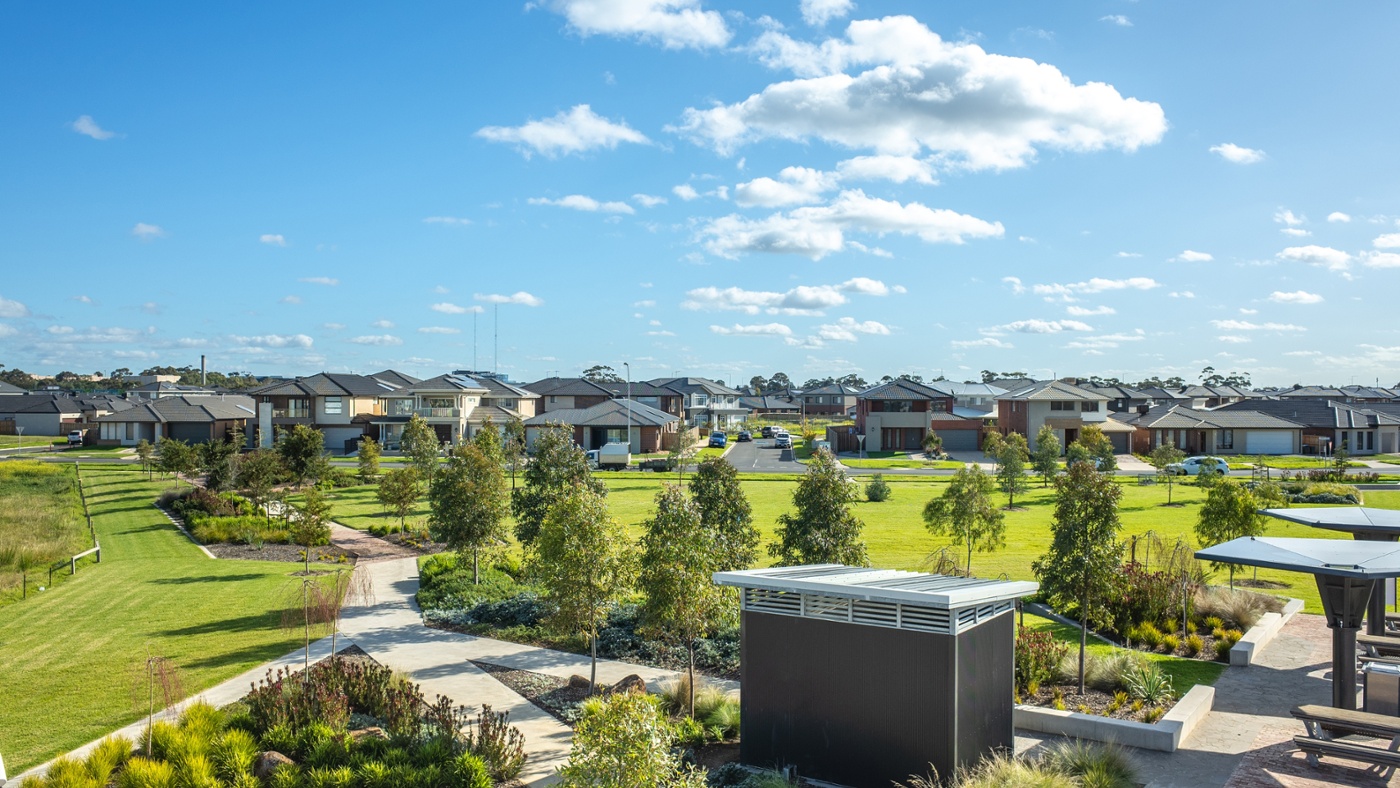Mitigating loneliness and maximising wellbeing: ensuring inclusivity in residential aged care

Figure 1 Shared amenities with the wider community can encourage social cohesion and a sense of place (Source: Hassell Studio, 2021)
When we consider inclusivity in aged care, traditional models have focused on viewing the needs of the elderly cumulatively, or with a combined lens, focusing on addressing physical health conditions as we age – such as improving accessibility. This article highlights the importance of diversity and inclusive design in responding to the need to focus on social wellbeing as we age.
In Australia on any given day, approximately 240,000 older Australians with an average age of 85 are living in residential aged care homes.1 Innovative models of aged care are shifting to a tailored wellbeing and community led approach, focused on understanding diverse backgrounds to ensure the benefits of social cohesion are achieved in a sensitive way. Researchers should consider the desires and experiences of older adults ageing in place, and how this varies across different groups, to create communities for a diverse range of people with sharedexperiences.2
Creating social cohesion – suggestions to improve aged care planning
One of the key determinants of wellbeing is social cohesion – together, the indicators express the extent to which societies are integrated or divided.3 Social cohesion affects all levels of social outcomes from health to economic prosperity.4
Being surrounded by people with similar experiences may improve quality of life and ensure a feeling of inclusivity, which has been shown to reduce physical health implications and/or improve wellbeing. Social isolation can lead to loneliness in some people (the feeling of being alone, regardless of the amount of social contact) – which can have adverse physical health impacts.5
Opportunity to improve the aged care system
The Royal Commission into Aged Care Quality and Safety recommended the creation of National Aged Care Design Principles and Guidelines, focusing on the key drivers for change that impact residential aged care accommodation design, including diversity, location and small home environments. Once approved, the guidelines will be the centrepiece of the government’s new Residential Aged Care Accommodation Framework, due to commence from 1 July 2024.6
Importantly the guidelines highlight that one style of accommodation may not be for everyone, and providers and residents should have choice.7 Exploration of how aged care can respond better to the diverse needs of the community is highlighted, raising the question: “How should the design standards consider the specific needs of diverse groups to ensure residential aged care facilities are inclusive?”
Specialised aged care – more than meeting physical requirements
Co-living in aged care with people who share similar lived experiences can enhance wellbeing for elderly people, particularly those who have experienced trauma or stigma in their lives due to race, sexuality, domestic violence, or feeling isolated for other reasons.
Associate Professor Hampson, author of the MacKillop Institute and University of Melbourne research paper ‘It’s time to rethink residential aged care’ notes that ‘…older people prosper when they have connections to real activities, and to communities, so we need to think about taking aged care beyond a transactional system – beyond warehousing older people – and look at the whole offering’. Trauma-led aged care such as the paper’s recommendation for the ‘Sanctuary Model’ (creation of a safe and healing space for the elderly) demonstrates that respecting diverse lived experiences is critical.

Figure 2 Tonic Housing is a specialised LGBTQIA+ seniors' living community in the UK (Source: The Times)
Tonic Housing in the UK, a specialised retirement community for elderly people of all backgrounds but particularly welcoming for those in the LGBTQIA+ community, responds to the diverse lived experiences, offering a safe space for those with similar backgrounds to connect, and experience social cohesion as they age in an inclusive community. The village currently has a 400+ waiting list.8 As well as providing a safe space for elderly LGBTQIA+ people who might feel discriminated in conventional retirement homes, staff and volunteers are properly trained and the communal spaces are welcoming, informed by community input and objectives, to maximise empowerment.
Location considerations and ageing in place the importance of maintaining levels of social cohesion as we age through retention of existing social networks is evident as aged care providers integrate independent living units with higher onsite care rooms, so that people can stay within the same location as their needs shift. To ensure aged care is truly inclusive, location (and zoning) must also be considered, particularly for rural and regional communities. In Pingelly, a rural town in Western Australia, a volunteer run at home care model called ‘Staying in Place’ delivers at home care, so older people can stay in their homes, in the absence of nearby aged care homes.9
Ageing in place may be particularly important for those from diverse backgrounds, such as the Culturally and Linguistically Diverse (CALD) community. The Royal Commission recognises the gaps in the current aged care system in relation to culturally appropriate care – many Australians from culturally and linguistically diverse backgrounds face barriers in accessing and engaging with services that support wellbeing.10
Whilst ageing in place (in your home or community) is considered a popular trend in aged care, in some instances shifting to a care community may be more beneficial, where better access to care or being surrounded by those with similar lived experiences and ages might be preferred. Understanding the ways individuals choose to age in place, their preferences and attitudes towards different options, and any influence these have on ageing well will be crucial to developing policy that is fit for purpose and implementing best practice in the sector.11
Future of aged care
Specialised aged care communities can respond to a range of health implications and hopefully assist in addressing the recommendations coming out of the Royal Commission. Economically, the benefits of such a model might minimise strain on hospitals and medical resources, whilst simultaneously improving quality of life for our most vulnerable members of the community. Identifying that sharing lived experiences can assist to build resilience and community cohesion, contributing to long-term quality of life benefits, can result in tailored models of aged care – acknowledging that a ‘one size fits all’ style of aged care cannot meet the diverseneeds of the community. True inclusive design should look to maximise wellbeing of the individual, who’s needs may differ depending on lived experiences, values and ideologies.
Inclusive design in aged care in Australia should look to global examples described in this article. While the current models of aged care approach ageing in stages, with physical health requirements at the forefront, the benefits of tailored approaches to seniors’ living are evident. These should be designed authentically, informed by stakeholder and community engagement that integrates potential needs holistically and sustainably.
19th September 2023
This article originally appeared in New Planner – the journal of the New South Wales planning profession – published by the Planning Institute of Australia. For more information, please visit: www.planning.org.au/news/new-planner-nsw
Endnotes
- See: https://www.mackillopinstitute.org.au/resources/rethink-residential-aged-care/ Accessed 2 August 2023
- Rose, et.al, 12 December 2022 “Experiences of ageing in place in Australia and New Zealand: A scoping review” Journal of Applied Social Psychology
- See: https://www.aihw.gov.au/reports-data/indicators/australias-welfare-indicators/socialcohesion/social-cohesion
- See: https://www.anu.edu.au/research/researchinitiatives/australian-social-cohesion-exploring-newdirections
- Centers for Disease Control and Protection “Loneliness and social isolation linked to serious health conditions” 29th April 2021.Accessed on 4 August 2023. Available from: https://www.cdc.gov/ aging/publications/features/lonelyolder-adults.html
- Dept of Health, 11 November 2021 “A new residential aged care accommodation framework” Government of Australia
- Ibid.
- Midolo, E, “What it’s like to live in an LGBT retirement home” 4 August 2023. Accessed on 4 August 2023. Available from: https://www.thetimes.co.uk/article/what-it-s-like-to-live-in-an-lgbt-retirement-home-8wb8kp9l6
- McManus, S “Pingelly aged care model seen as answer to keep patients in their own homes and communities” ABC News 21st April 2023. Accessed on 4 August 2023. Available from: https://www.abc.net.au/news/2023-04-21/pingelly-aged-care-model-that-keeps-people-in-theirhomes-/102247150
- Centre for Cultural Diversity in Ageing, “Submission to the Independent Capability Review of the Aged Care Quality and Safety Commission” November 2022.
- Rose, et.al “Experiences of ageing in place in Australia and New Zealand: A scoping review” Journal of Applied Social Psychology, 12 December 2022.
Related Insights

NSW Low and Mid-Rise Housing Reforms

NSW Government Releases Industrial Lands Action Plan

Renewable Energy in Focus




